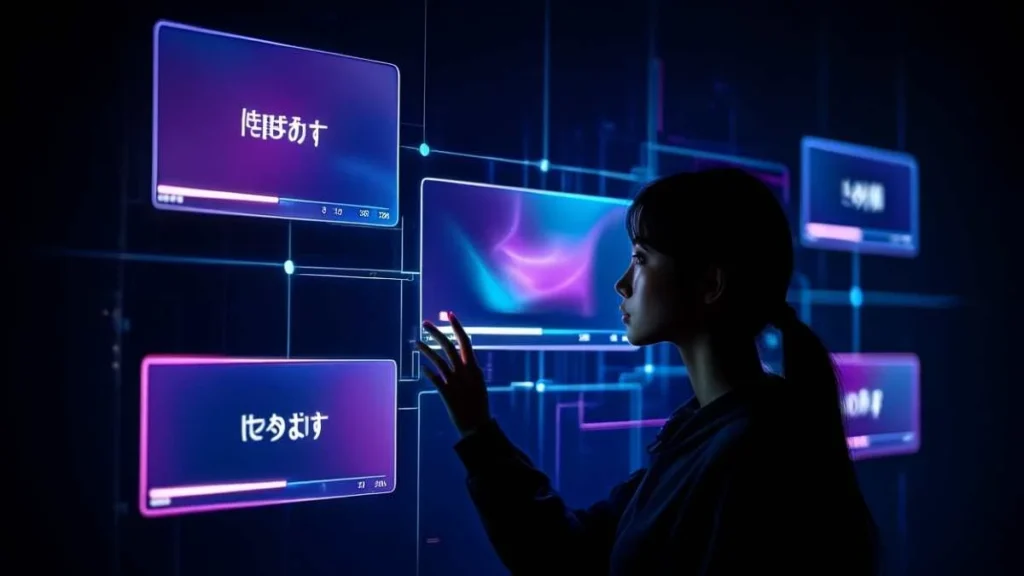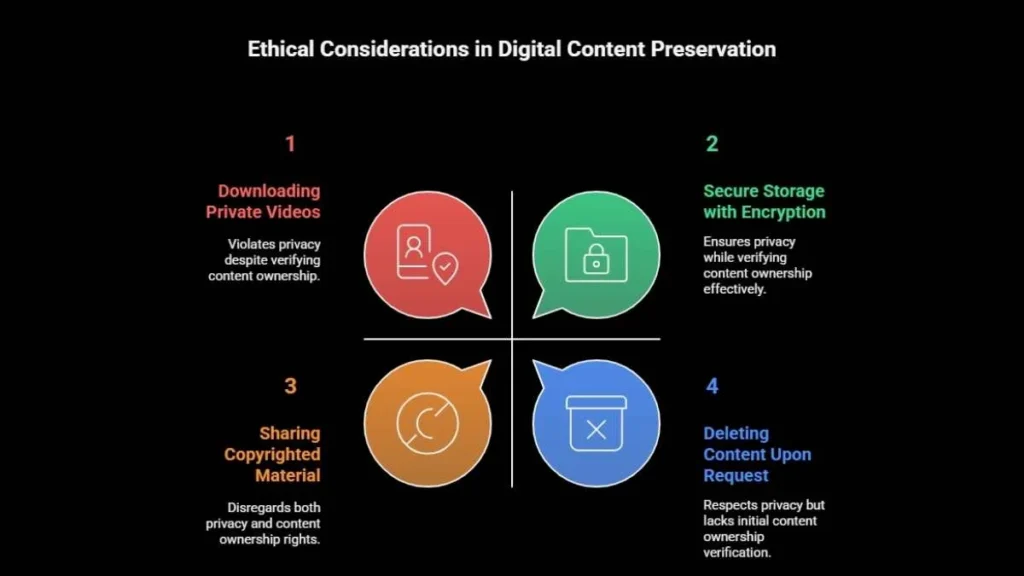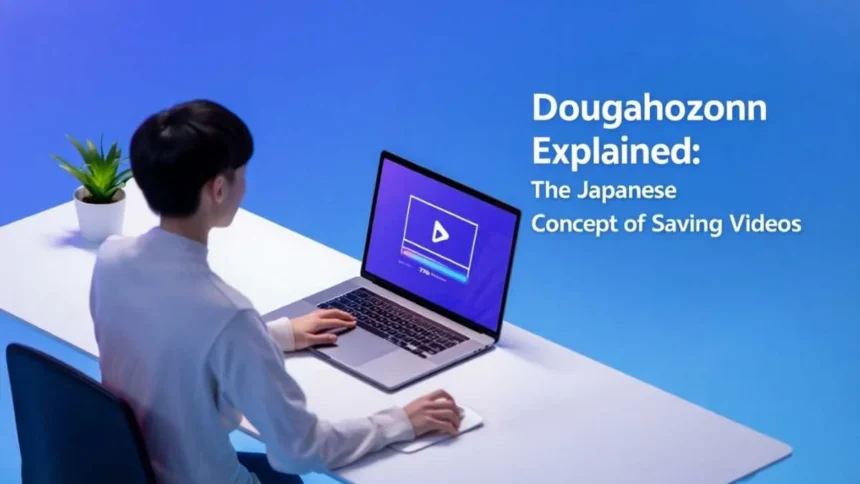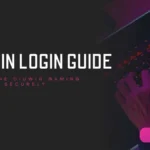Dougahozonn is a stylized romanization of the Japanese term 動画保存 (dōga hozon), meaning “video preservation” or “saving a video.” It describes the process of storing or downloading videos from the internet for later viewing. In Japanese, 動画 (dōga) stands for “moving image,” and 保存 (hozon) means “preservation” or “storage.” Combined, they define a cultural and digital practice deeply rooted in Japan’s respect for memory, art, and data continuity.
In today’s media-rich world, it goes beyond language; it represents the global desire to preserve digital experiences, from online tutorials to fleeting social media clips.
Linguistic Breakdown and Meaning
Understanding Dougahozonn starts with its two core components:
| Japanese Term | Kanji | English Meaning | Role in Phrase |
| Dōga | 動画 | Video/moving picture | Refers to digital or animated visuals |
| Hozon | 保存 | Preservation/storage | Refers to saving or archiving content |
The extra “n” in Dougahozonn is often a stylistic or typographical variation of the standard romanization “dōga hozon.” Despite this minor spelling difference, the meaning remains unchanged; it still signifies saving videos for later use.
Cultural Context: Preservation as a Japanese Value
Japan has always valued preservation, whether of ancient art, manuscripts, or modern media. Dougahozonn reflects this philosophy in the digital realm.
Preserving videos isn’t merely about convenience; it’s about protecting memories and cultural heritage. Key aspects of this cultural view include:

- A belief in the importance of memory and legacy.
- Respect for craftsmanship, extending even to digital works.
- Viewing data preservation as a form of mindfulness in a fast-changing media world.
In essence, Dougahozonn connects technology with timeless Japanese values: care, continuity, and respect for creation.
How the Concept Evolved
The story of Dougahozonn parallels the rise of the internet and streaming platforms. In the early 2000s, saving videos involved manual file transfers or burning DVDs. By the 2010s, tools for downloading videos directly from the web appeared, making video hozon common. As platforms like YouTube, NicoNico, Instagram, and TikTok flourished, people began saving everything, from tutorials to fleeting memes, out of both necessity and nostalgia.
Ethical and Legal Considerations
With the convenience of saving videos comes responsibility. Ethical Dougahozonn respects both creators’ rights and fair-use boundaries.
- Save videos for personal and educational use only.
- Avoid redistributing copyrighted material.
- Follow each platform’s terms of service.
- Support official “Download” or “Save” features when available.
Balancing accessibility with intellectual property protection ensures that Dougahozonn remains a respectful digital habit, not digital piracy.
Practical Tools and Methods for Dougahozonn
The digital landscape offers numerous methods and tools for implementing dōga hozon. These range from basic downloads to complex media archiving systems.
a. Browser Extensions and Online Downloaders
Simple tools allow users to download videos directly from streaming sites. These are popular among casual users seeking offline playback or study material.
b. Dedicated Software and Apps
Applications like 4K Video Downloader or JDownloader cater to advanced users who want higher quality or batch downloads, often with subtitle support and metadata retention.
c. Cloud-Based Video Storage
Modern Dougahozonn increasingly involves cloud services such as Google Drive, Dropbox, or specialized media libraries. Cloud storage ensures long-term access without overloading local devices.
d. Institutional Archiving
At the professional level, media preservation organizations, film archives, and digital libraries engage in dōga hozon through systematic methods, ensuring the survival of valuable cultural footage for future generations.
Why People Practice Dougahozonn
The motivations behind Dougahozonn are as diverse as its users. Here’s why people save videos:
- Education: Downloading lectures or tutorials for later learning.
- Entertainment: Preserving favorite clips or movie scenes.
- Inspiration: Saving creative work for study or reference.
- Cultural archiving: Safeguarding rare or region-specific media.
- Offline accessibility: Viewing content without data or connection issues.
Essentially, Dougahozonn fulfills the universal human need to capture, curate, and revisit experiences that shape memory and knowledge.
Psychological and Social Impact
Beyond functionality, Dougahozonn impacts psychology and culture by giving users a sense of ownership and calm in an overwhelming digital space. Saving videos can reduce “fear of missing out” (FOMO), improve learning through repetition, and strengthen personal identity by preserving moments of emotional value.
People who regularly engage in Dougahozonn often feel more connected to what they watch, treating saved videos as part of their digital memory bank, a personal archive of inspiration and knowledge.
Balancing Preservation with Privacy
Responsible Dougahozonn means understanding limits. Not every video should be downloaded, especially private or sensitive ones.

Best practices include:
- Always verify content ownership before saving.
- Respect personal privacy and copyright laws.
- Use secure storage with encryption.
- Delete content upon request from creators.
This ethical balance ensures that Dougahozonn contributes positively to the digital ecosystem.
FAQs
Q1: Is Dougahozonn limited to Japanese platforms?
A1: No, it applies globally to any act of saving or preserving online videos.
Q2: Can Dougahozonn be automated?
A2: Yes, AI tools and smart storage systems now automate video archiving.
Q3: Is Dougahozonn legal?
A3: It’s legal when used ethically for personal, non-commercial purposes.
Conclusion
Dougahozonn embodies the modern human desire to preserve what matters in a transient online world. Derived from 動画保存 (dōga hozon), it signifies respect for creation, culture, and connection.
As AI and cloud systems shape the future of storage, the philosophy behind Dougahozonn reminds us to archive ethically, value creativity, and curate our digital lives with care. In essence, it’s more than saving a video; it’s saving a piece of human experience.








